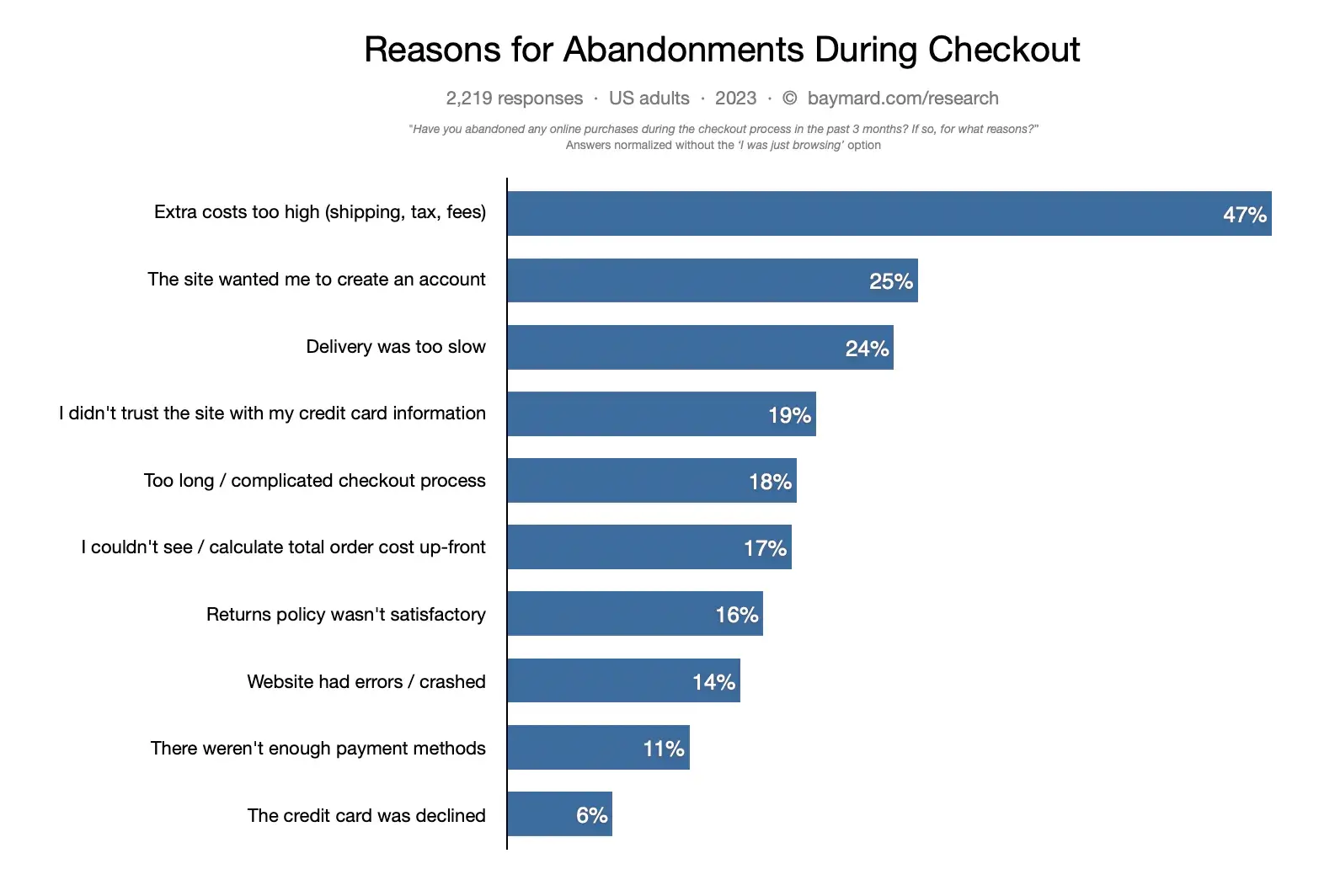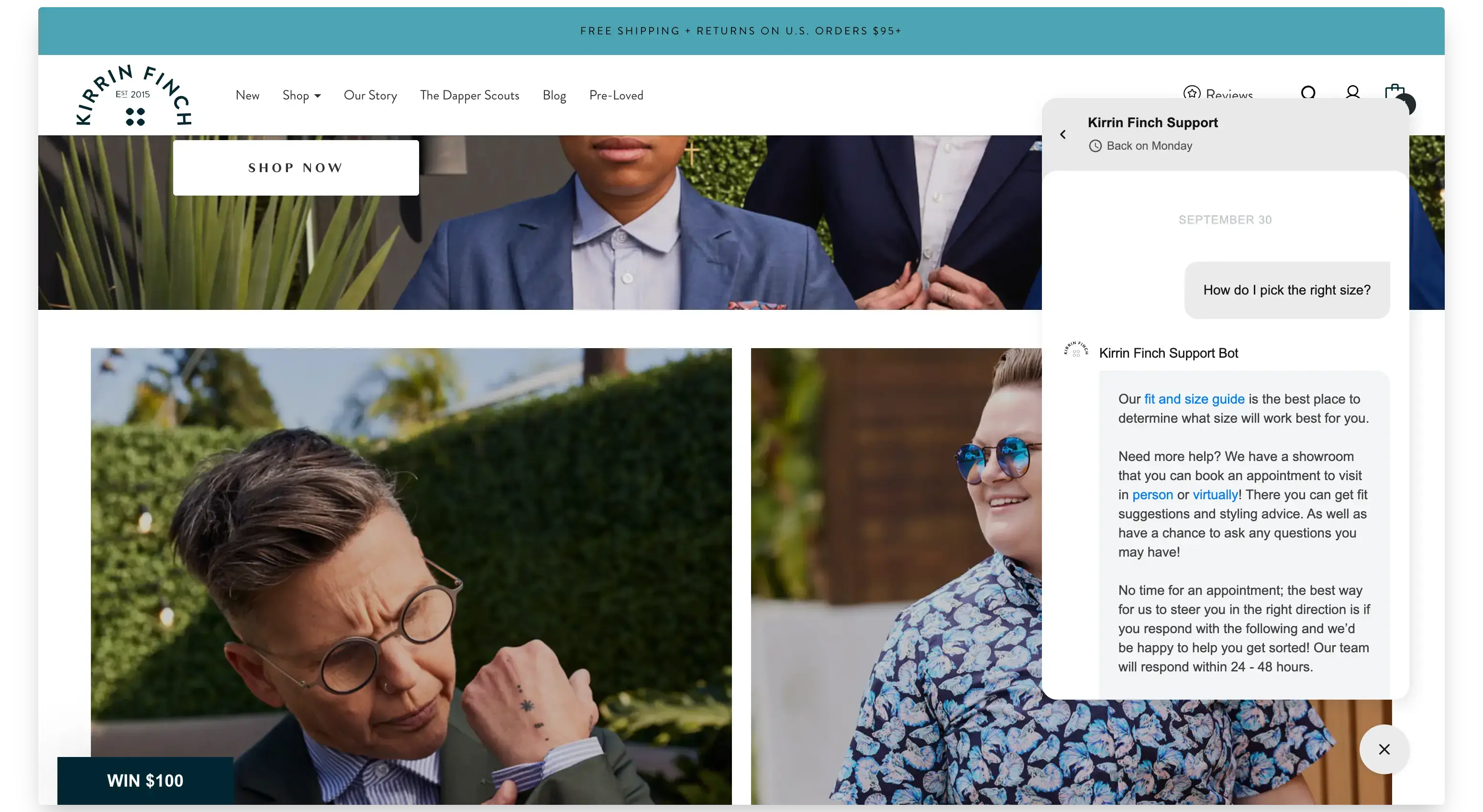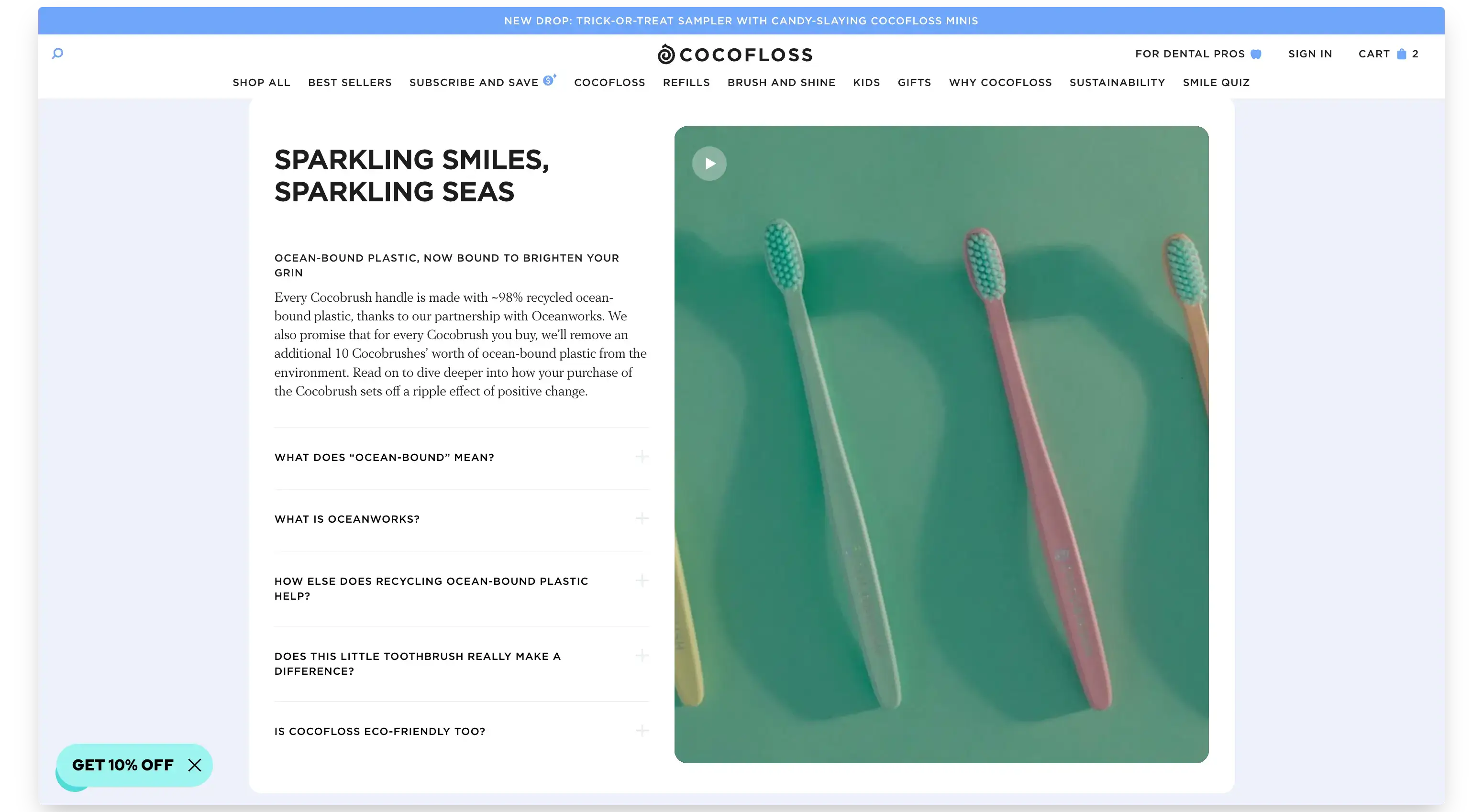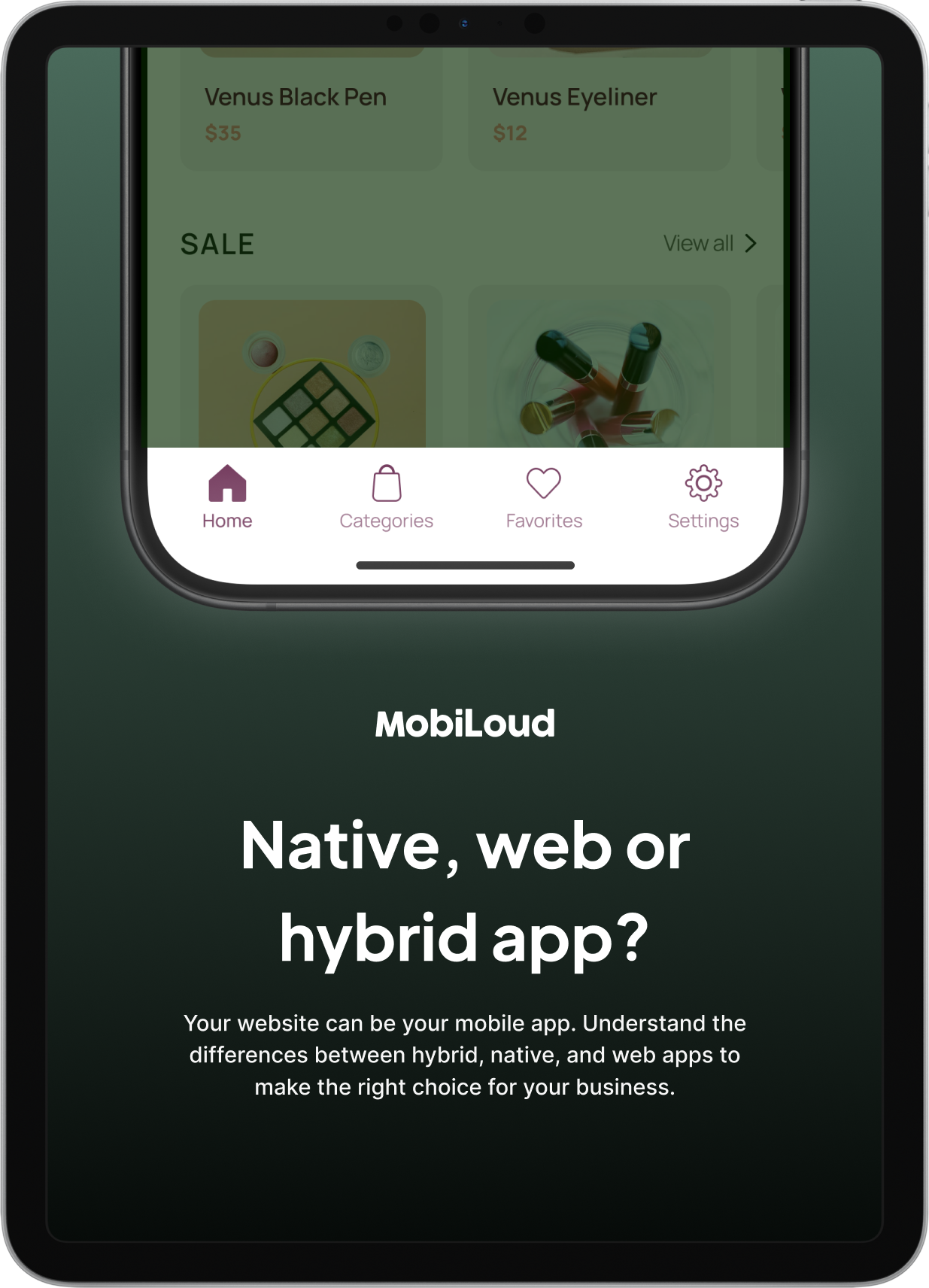15 Ways to Reduce Cart Abandonment in Your Ecommerce Store
In this article we’ll share with you some proven and actionable tips to reduce cart abandonment in your online store.
On average, 7.52% of online shopping sessions result in a product being added to a cart. Yet the average conversion rate for eCommerce stores is only 1.89%. The difference is all the shopping carts left abandoned and not checked out.
If you're looking for ways to increase eCommerce sales, shopping cart abandonment is one of the first things you look at. Read on to learn how to recapture lost revenue for your business.
What is Cart Abandonment?
Cart abandonment is any time a shopper on your site adds a product to their cart but doesn’t check out and pay.
Abandoned carts apply for any online purchase where the user begins the checkout process but doesn’t complete it, such as a signup flow for a software product or a booking form on a travel site. But we’ll be looking at this from the lens of an eCommerce store.
What is the Average Cart Abandonment Rate?
On average, 70.19% of shopping carts are left abandoned.
This is highest on mobile devices, at 86.65%, compared to 69.75% on desktop.
Learn more about shopping cart abandonment, including statistics on cart abandonment by various factors, and the dollar impact of cart abandonment to eCommerce stores, in this article.
Why Cart Abandonment Happens
The first step on your quest to reduce shopping cart abandonment is to understand why people leave a site without checking out. With this knowledge, you’ll start to see solutions present themselves.
There are a number of reasons for cart abandonment. Research from Baymard shows the following reasons people give for leaving their cart during checkout:

- Extra costs (shipping, tax, fees) - 47%
- The site wanted me to create an account - 25%
- Slow delivery - 24%
- Didn't trust the site with my credit card information - 19%
- Too long or complicated checkout process - 18%
- I couldn't see the total order cost up-front - 17%
- Returns policy wasn't satisfactory - 16%
- Website had errors or crashed - 14%
- Not enough payment methods - 11%
- The credit card was declined - 6%
We can summarize the common reasons for cart abandonment into the following categories:
Friction
With more friction comes more opportunity for potential customers to drop off.
We want our online shopping experience to be smooth and require as little effort as possible. Once a shopper starts having to enter a lot of details or go through multiple pages to complete their purchase, the likelihood of cart abandonment goes up.
Distractions
Online retailers have to contend with a huge number of distractions in the way of completing a sale.
Not only the distractions of everyday life (the person could get called away, leave their device and forget about their cart), but also distractions right there on the user’s device.
The majority of us have between 2-4 browser tabs open at one time, on average. Many take it even further at times, having 10+ tabs open at one time. Online shoppers are particularly guilty of this, as many browse multiple stores at the same time.
You may have someone’s attention now, but that doesn’t last forever. It takes just a split second for their attention to go somewhere else, at which point they may not come back.
Confusion
Very few shoppers are ready to put their thinking caps on and figure out how to complete a purchase if the buying experience is confusing to them.
We expect everything to be easy, spoon-fed to us. This is particularly true for online shopping, as the whole idea of shopping online is convenience. Once it’s no longer convenient - such as taking too much work to find the checkout, or if details about sizing or delivery are unclear - we’re going to look for a simpler option somewhere else.
Lack of Trust
Trust is important at every step of the online buyer’s journey. Just because someone added a product to their cart doesn’t mean they’ve gotten over all their objections and they have 100% trust in you.
The key moment is when the shopper enters their payment details and confirms the order. As the journey gets closer to this point, any misgivings become magnified, often leading to cart abandonment.
Cost
Cost will always one of the biggest obstacles to completing a purchase. And the cost of a product always looks less on a product page than it does when you’re in the checkout and typing in your credit card details.
It becomes an even bigger obstacle when the final price rises due to shipping costs, taxes and any other extras or hidden costs. The final number causes a lot of potential customers to reconsider and leave their cart without paying.
How to Reduce Shopping Cart Abandonment
Now let’s move onto the best, most reliable and most actionable strategies to reduce cart abandonment in your online store.
1. Provide Clear CTAs
The path to purchase must be clearly signposted for the user. Don’t leave anything up to assumption or put unnecessary thinking on the customer’s plate.
Use a call to action to make it clear when a product has been added to the customer’s cart, and have big, clear and obvious buttons showing how the customer can get to the checkout page and complete their purchase.

2. Use a One-Page Checkout
Every additional step in your checkout process is an opportunity for the customer to get frustrated and give up, or for their attention to drift away.
Make checking out as simple as possible, ideally with all the necessities on one page. Don’t add unnecessary work by introducing extra clicks.
3. Offer a Range of Payment Options
Payment information is one of the biggest points of friction in the checkout process.
On one hand, it's cumbersome to have to get up, find your card and type your credit card details in. There's also a trust issue, with a lot of customers hesitant to provide their credit card details to a strange website.
You can overcome both these problems by offering multiple payment options. Many consumers prefer to use secure mobile payment services like Google Pay, Apple Pay, Shop Pay or PayPal, especially when shopping on a new site.
You could also consider offering Buy Now Pay Later options like Klarna and Afterpay.

4. Provide Flexible and Affordable Shipping Options
Shipping makes a huge difference in eCommerce. We want fast, reliable, and cheap (ideally free) shipping.
The ability to offer better shipping options than anyone else is a big reason why Amazon is so popular.
High shipping costs are the most common reason for shopping cart abandonment. Yet for some shoppers, it's more important to get the product fast than to get it with free shipping.
According to a study from Advantec, free shipping is the most important delivery consideration for 49% of people, with an additional 9% prioritizing “low cost” shipping. For 31% of people, the most important thing is fast or same-day shipping.
Ideally you'll be able to provide shipping that's both free and fast, but if not, let customers choose between different options depending on what's most important to them - pay for fast delivery, or minimize shipping costs and wait a few more days to get their product.
5. Save Customer Details for Smooth Checkout
You can make repeat sales to loyal customers much easier by saving their details and providing an expedited checkout process each time they come back.
We mentioned already that entering your card details and delivery info in checkout presents a significant point of friction. For returning customers, you'll reduce cart abandonment if you cut out a lot of this friction and allow people to finalize payments in just a few clicks.

6. Offer Guest Checkout Options
Saving customer details makes it easier for repeat customers to check out, but a lot of people don't want to do this.
According to the data we showed earlier, 25% of shoppers abandon their cart because they were required to create an account (the 2nd most common reason for cart abandonment).
Offering guest checkout as an option satisfies these users, giving them a way to make a purchase without handing over a bunch of personal information to an eCommerce site they don't know.
7. Show Savings at Checkout
Seeing the full price of their purchase, fees and shipping included, can cause a lot of second thoughts for customers when they get to the checkout page (especially if they're buying multiple products).
You can combat price perception by clearly displaying savings, on discounted products or from discount codes applied, next to the prices in checkout.
Even better, aggregate these numbers and show the total amount saved across the whole cart.
If you can draw attention to the savings rather than what the customer is about to pay, you make them feel like they're getting a lot of value from their order and reduce hesitancy to purchase based on price.

8. Enable Live Chat
Live chat can help answer any questions or issues a customer has that’s preventing them from going ahead and finalizing their order.
A lot of the time there a customer will have very simple questions that can easily be answered by a support rep (or even an AI chatbot). But if the customer has to search and find these answers themselves, it’s more likely that they’ll bounce and go somewhere else.

9. Use Exit-Intent Popups
Exit-intent popups are one of the most common tools used by eCommerce retailers to prevent cart abandonment. They trigger when a customer navigates away to another tab or moves their cursor towards the “X” button.
You can set this to trigger a specific popup if it looks like someone is going to leave and they have an unpaid item in their cart, reminding them before they get distracted and leave their cart.
10. Build Social Proof
Trust is another thing that prevents online shoppers from feeling comfortable to pay and complete the checkout process.
They may have felt ok clicking “Add to Cart”, but as payment gets closer, any doubt they had gets magnified. If you haven’t adequately built trust and social proof, this doubt will lead to checkout abandonment.
You can build social proof with reviews on product pages, but also provide reviews and positive testimonials in the checkout flow, to provide an infusion of trust right when it’s needed most.


11. Address Common Objections
You should have an idea of the most common objections customers have that stop them from making a purchase. Get ahead of these objections by addressing them on your product pages, or even during checkout.
You could answer common objections in your product description, or directly address them in an FAQ section. You could also do this via a chat bubble that provides automatic answers to common questions.

12. Avoid Hidden Costs
Avoid giving your customers nasty surprises with hidden costs in the checkout.
We spoke on shipping costs earlier, but some stores hide other costs like taxes, service charges or setup fees, only to spring them on the customer when they go to pay.
Not only does this make price more of an obstacle, it can also degrade the trust you’ve worked hard to build and make the customer feel uneasy about continuing with their purchase.
13. Send Abandoned Cart Follow Ups (Email & Push Notifications)
Reducing cart abandonment is not just about stopping people from leaving without checking out. You can achieve the same result by recapturing these abandoned carts later.
You should have a process set up to follow up with people who leave your site without checking out. Send abandoned cart emails (if they log in/provide their email before leaving), or if they shop via your app, use push notifications to get back in touch with these people and push them to complete their purchase.
14. Use Retargeting to Follow Up with Cart Abandoners
Retargeting is another great way to recapture abandoned carts. Pixel users and set up a campaign to automatically serve ads to people who left without paying for their cart.
Overall this tactic might be even more effective than abandoned cart emails, as it allows you to follow up with people even if they didn’t log in or provide an email address.
15. Get People to Shop in Your App
Finally, if you can get people shopping in your app more often, you’ll have an easier time preventing abandoned carts and recovering customers who do leave without checking out.
An app provides an enclosed shopping experience, with fewer distractions present that draw the visitor’s attention away.
It’s also a smoother user experience on mobile (Add-to-Cart rates are lower on mobile, largely due to the sub-par experience in mobile browsers). This will lead to more completed checkouts.
An app also provides more trust (a store feels more legitimate and trustworthy if they have their own app), and gives you push notifications you can use for reliable and effective abandoned cart follow ups.
How to Build an App For Your Store and Reduce Cart Abandonment
All eCommerce stores can reduce cart abandonment through website optimizations, such as improving your checkout flow and using intuitive UX practices leading customers toward a purchase.
If you’ve done all this and want to further reduce cart abandonment, consider building an app.
We mentioned some of the key benefits to getting people to shop in your app in the last section. App shoppers convert more often, spend more, abandon their carts less, and are easier to follow up with when they do.
Launching your own app is easier (and cheaper) than you think. You don’t need to spend hundreds of thousands on developers and build a mobile development team, when MobiLoud allows you to launch an app for a fraction of the time, cost and effort.

MobiLoud simply converts your existing, mobile-optimized website into an app, completely synced with your website. It works no matter what eCommerce platform you use, and unlike most app builders, any custom features, apps or alterations on your site will work the same in your app.
This gives you all the benefits of a native app for a negligible cost, with minimal work required (both upfront and ongoing), launched in less than a month.
To get an idea of what your app will be like, get a free prototype here, which you can share with your team and key stakeholders.
If you want to learn more, get in touch with us to schedule a free demo. You’ll get an in-depth look at the process that companies such as John Varvatos, Rainbow Shops, Bestseller and Perfume.com used to launch mobile apps hassle-free, without compromising on quality.













